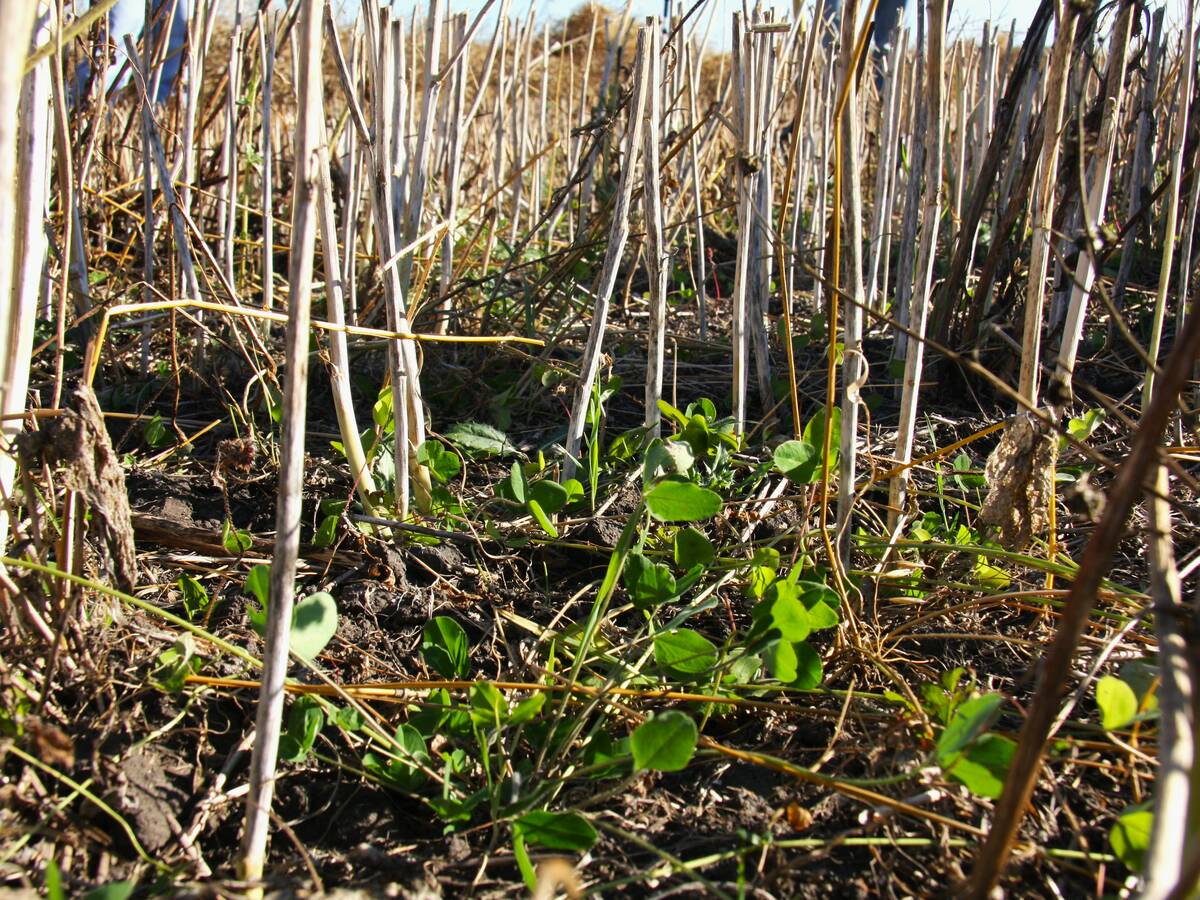Researchers say there are solutions to disease pests, but not enough is being done to combat the problem
NEW ORLEANS, La. — The agricultural industry needs to take stronger measures to deal with disease pests, say researchers.
The answers are in genetics research and careful use of existing resources and new discoveries, said Anne Kopecky Vidaver, a plant pathologist from University of Nebraska in Lincoln.
She said the low hanging fruit has been picked with broad spectrum antimicrobial drugs.
“We have to target the individual genes now,” she told Bayer’s AgVocacy Forum in New Orleans earlier this month.
“Microbes can multiply and select faster than we can treat for them.”
Read Also

Saskatchewan project sees intercrop, cover crop benefit
An Indigenous-led Living Lab has been researching regenerative techniques is encouraging producers to consider incorporating intercrops and cover crops with their rotations.
She said climate change is creating issues for agriculture, allowing pathogens to take root further north.
“Asian soybean rust was predicted to take a century to get here, and a few weather anomalies brought it here in a just a few years after that prediction was made,” said Kopecky Vidaver.
Margaret Riley, an antimicrobial specialist in the biology department at the University of Massachusetts at Amherst, said she is one of the only scientists doing this research because the larger “pharma companies are not interested.”
“We need funding for this research, even though it doesn’t pay dividends immediately,” she said.
“We have to stop thinking that it is us versus them in agriculture. And we can’t just blame big pharma. They have to satisfy their investors.”
Riley said government needs to fill a public need void when it comes to finding genetic solutions to pest issues.
“And we have to stop looking for the big, super pill and we need to start using genetic tools to target pests. We don’t want to kill all the microbes,” she said.
“We want to kill just a few pathogens by living with our microbiome. Some of the genes we are worrying about are 3.5 billion years old. We are trying to kill them after we have effectively selected them from nature.… Seventy percent of the antibiotics that are produced in the world are used on the farm.”
Tim Landers from Ohio State University said the drugs and chemicals used in agriculture to control key pathogens are often poorly understood.
“Antibiotics are precious resources,” said Landers, who is licensed nurse as well as a researcher.
“We know that many are used in agriculture in very important benefits, but we need to better understand them and the relationship to human health.… There are hygiene activities that we could learn from agriculture and put them to use in human behaviour in hospitals and (other treatment and public facilities).…
“We need more research to understand how populations can affect one another.”
Landers said over-use of antimicrobials in the human population is creating situations that might limit their availability in agriculture, and as a result, make food production more expensive.
“Antibiotics are not as profitable as antidepressants, so research isn’t a priority for larger companies,” he said.
In some cases, resistance in farmed food is already a serious problem, said Kopecky Vidaver.
“Fire blight on apples and pears — there is no treatment. There is no effective alternative for that bacteria right now. Citrus greening is making (lemon and orange) crops potentially extinct in some places.”
Citrus greening has largely been an Asian and African problem until the past decade, when it showed up Florida, Texas and Mexico.
“It is a serious problem, but cereals are under attack from spreading fungal diseases,” she said.
Genomic research has identified a couple of genes that could provide resistance to citrus greening, but there is concern in the industry that a genetically modified plant might not be publicly acceptable.
The researchers took exception to the GM and antibiotic-free labelling that is currently in fashion for retail food.
“These labels are just hysteria. What does antibiotic-free mean? This is not being done to protect antibiotics,” Kopecky Vidaver said.
“Hormone free? It is not logical and not good science or public policy to tolerate it.”
Landers said the public discussion about these issues detracts from the real problems in food production and public policy.
“Does it mean the meat is healthier and better? No. It makes me a little mad when companies mislead people. It makes it harder to inform (the population) about decisions (in funding for research) they need to make,” he said.
“The same people will expect to be treated with antibiotics when they have a cold. We need more careful stewardship along with over-prescription in humans.”
Kopecky Vidaver said there are alternatives to fungicides.
“Everybody who does research in the area finds them, but controlling them and making them available to farmers has been very limited.”
Riley said it comes down to money.
She said her lab is one of the few that is looking at genetic evolution of bacteria for keys to the discovery of new microbial control tools from that “evolutionary arms-race.”
michael.raine@producer.com














